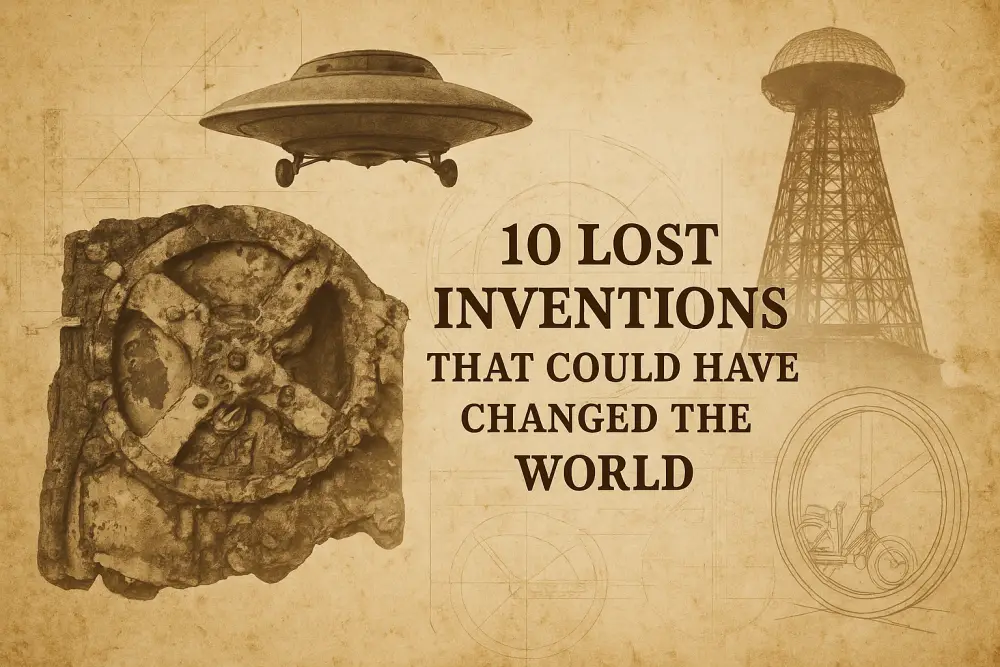10 Lost or Forgotten Inventions That Could Have Changed the World
History isn’t always kind to genius. Some of the world’s most brilliant inventions never made it past the prototype stage, got buried under political pressure, or were simply too ahead of their time. In this list, we explore 10 extraordinary inventions that could have dramatically altered our world—if only they'd caught on.
1. The Antikythera Mechanism: The World’s First Computer
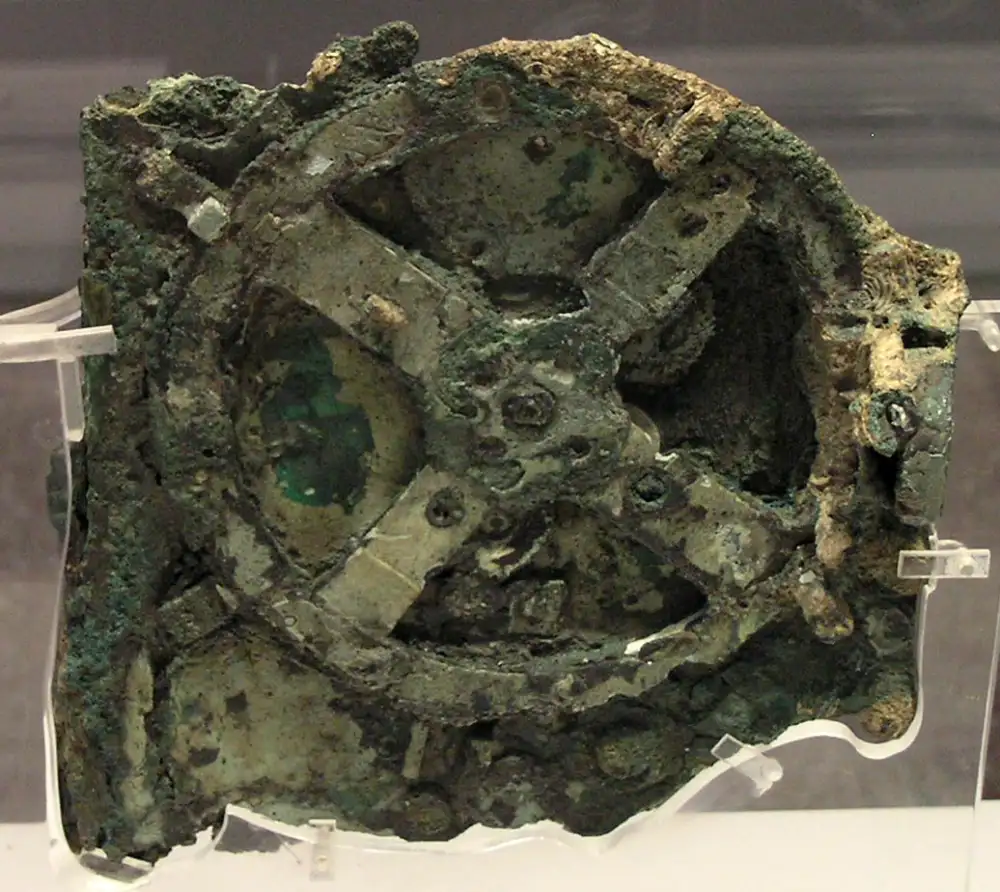
- What it did: This ancient Greek device could predict eclipses and track planetary movements. It used a series of intricate bronze gears arranged in a complex mechanism to model the cycles of the solar system, much like a mechanical analog computer.
- Why it matters: Built over 2,000 years ago, it demonstrated computing principles centuries ahead of modern technology.
- What happened: Lost at sea and rediscovered in a shipwreck in 1901. Scholars are still piecing together how it worked.
- Fun fact: Its intricate gear system wasn't matched again until medieval clockworks, over 1,000 years later.
2. The Avrocar: Canada’s Flying Saucer
- What it did: A saucer-shaped hovercraft designed in the 1950s for the U.S. military.
- Why it matters: Could have led to personal flight or vertical takeoff vehicles.
- What happened: It suffered from stability issues and never got past test flights.
- Fun fact: Its maximum altitude during testing was only about 3 feet off the ground.
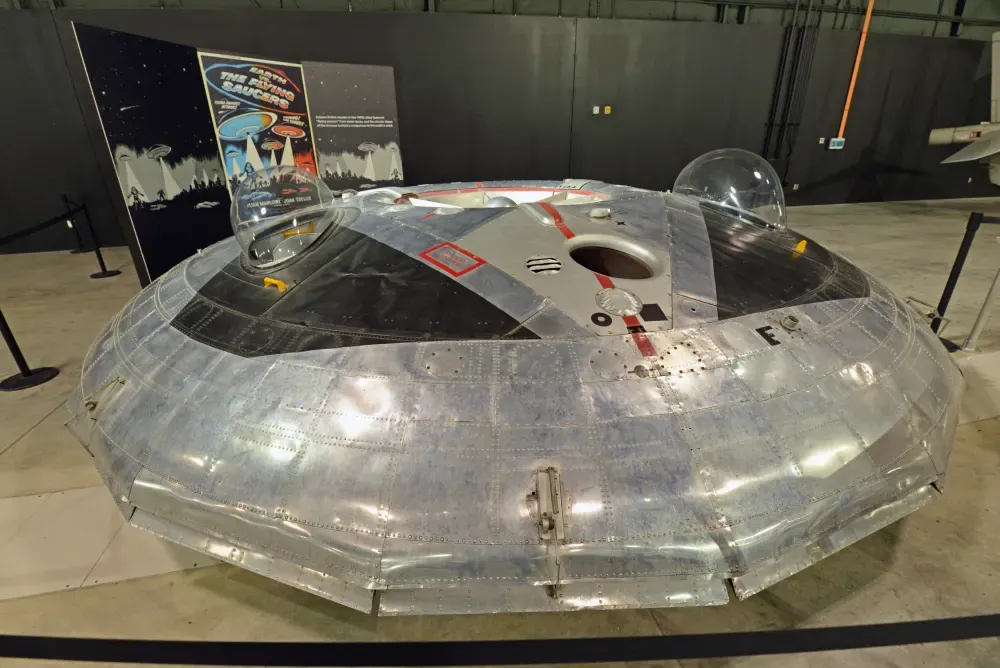
Before we leave the realm of unconventional transportation, let's explore a bold leap into energy innovation.
3. Tesla’s Wireless Power Tower (Wardenclyffe Tower)
- What it did: Aimed to transmit free electricity through the air using the Earth’s natural frequencies.
- Why it matters: Could have provided free, wireless power globally.
- What happened: Funding dried up, and the tower was demolished in 1917.
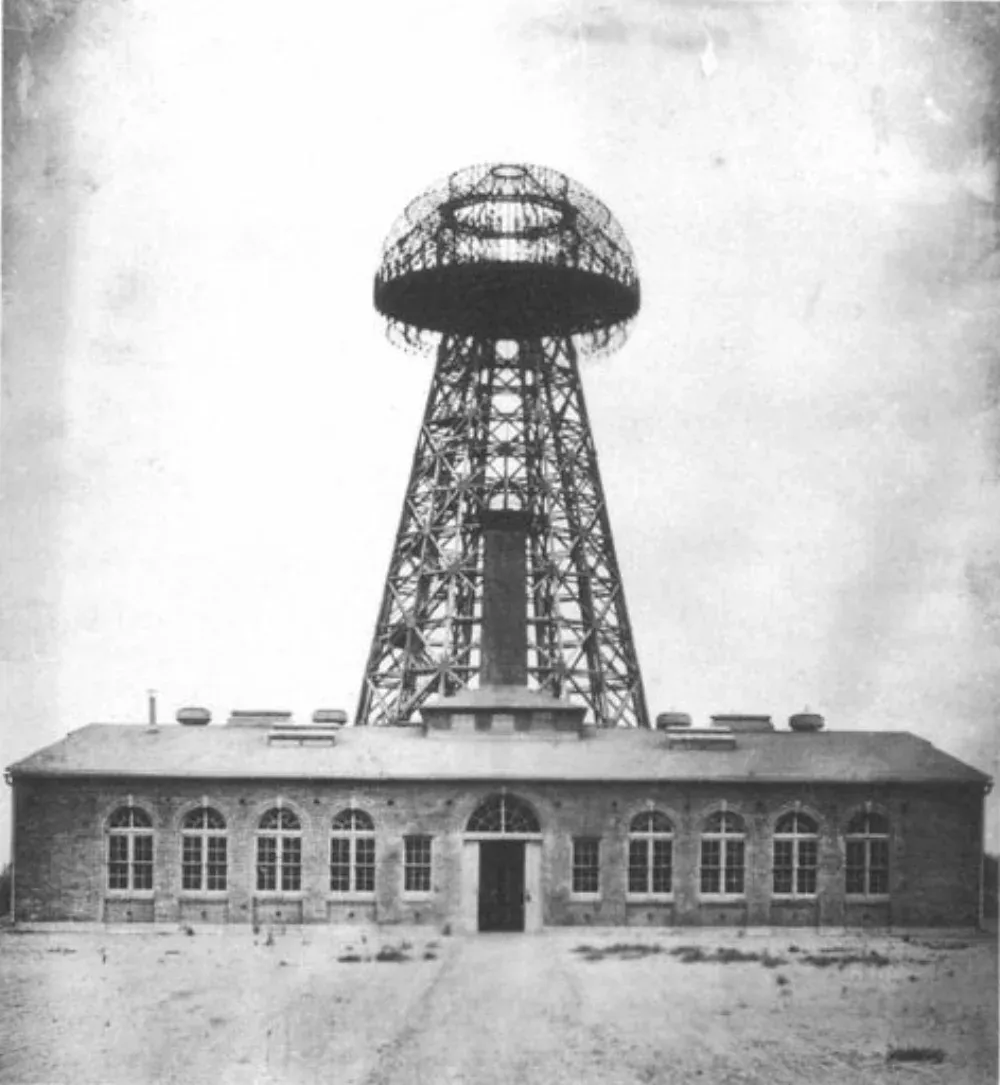
- Fun fact: Tesla believed the tower could eventually allow for global wireless communication—like modern Wi-Fi.
4. Pneumatic Tubes for Citywide Transport
- What it did: Used pressurized air to move people through underground tubes.
- Why it matters: Could have created an ultra-fast, clean alternative to cars or subways.
- What happened: Too expensive and mechanically complex for large-scale implementation.
- Fun fact: New York City actually tested a short-lived pneumatic subway in 1870—powered by a giant fan.
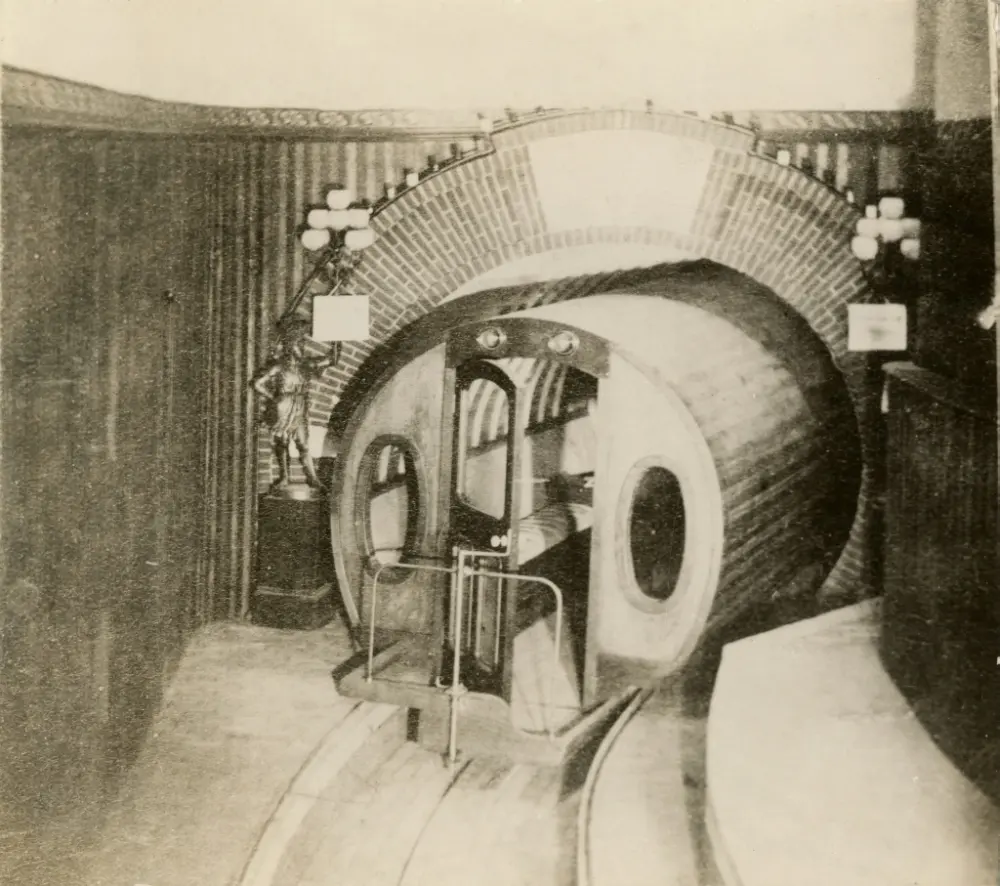
5. The Philco Predicta TV
- What it did: A stylish television with a detachable picture tube and futuristic design in the 1950s.
- Why it matters: Could have set a new course for modular, user-friendly tech design.
- What happened: Marketing issues and production flaws doomed it to cult status instead of mass success.
- Fun fact: The Predicta is now a favorite among retro tech collectors and is displayed in design museums.
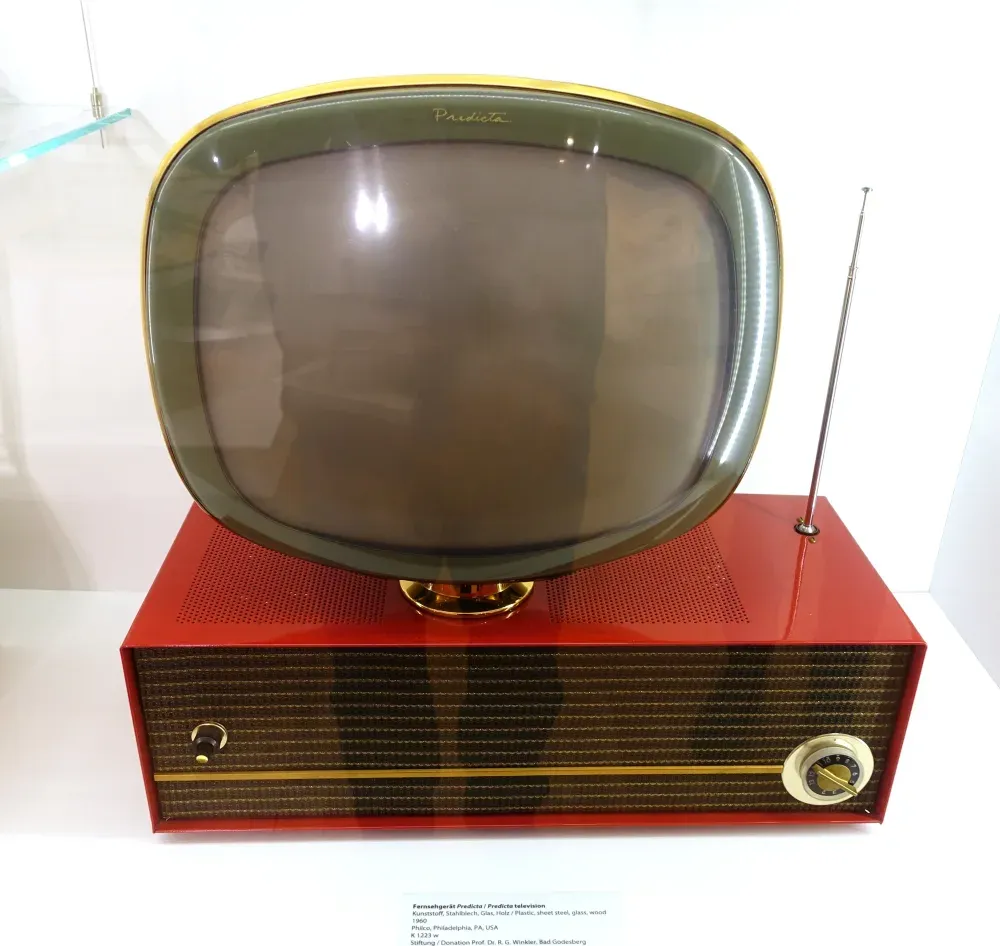
Before we return to more grounded tech, here's a vehicle that took minimalism to the extreme.
6. The Dynasphere: One-Wheeled Wonder
- What it did: A futuristic, monowheel car from the 1930s.
- Why it matters: Promised a minimalist, fast transport method.
- What happened: Poor stability and impracticality made it more sci-fi than solution.
- Fun fact: Inventor J.A. Purves based it on a sketch by Leonardo da Vinci.
7. The Tucker 48: Too Good for Detroit
- What it did: Had safety features like seatbelts, pop-out windshields, and rear engine.
- Why it matters: Could have pushed the auto industry toward safer cars earlier.
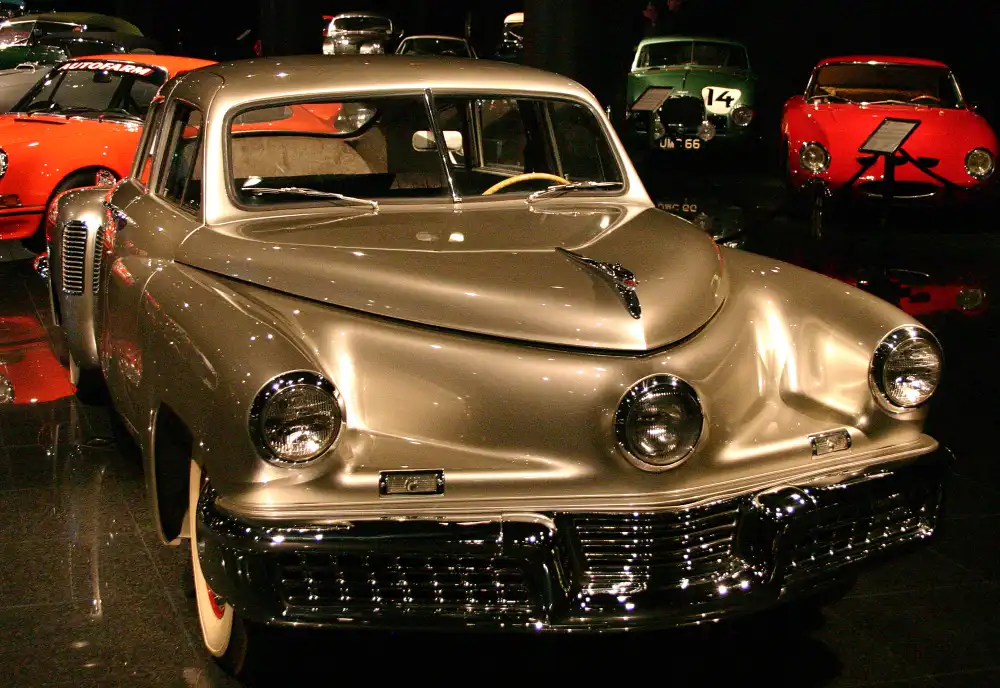
- What happened: Legal trouble and pressure from big automakers shut it down.
- Fun fact: Only 51 Tucker cars were ever produced, and they now sell for millions at auction.
8. Cold Fusion Reactor (1989)
- What it did: Promised almost limitless clean energy at room temperature.
- Why it matters: Would have been a revolutionary energy breakthrough.
- What happened: Other scientists couldn’t replicate it, and it was discredited.
- Fun fact: The original experiment by Pons and Fleischmann made headlines globally before the backlash hit. Despite the controversy, modern researchers continue to explore cold fusion under the banner of Low Energy Nuclear Reactions (LENR), hoping to one day achieve the promise it once held.
9. Mechanical Television (Baird System)
- What it did: Used spinning discs to display images in the 1920s.
- Why it matters: Was a working form of TV before electronics took over.
- What happened: Poor image quality led to its quick replacement by CRTs.
- Fun fact: The BBC actually broadcast with the Baird system in the early 1930s.
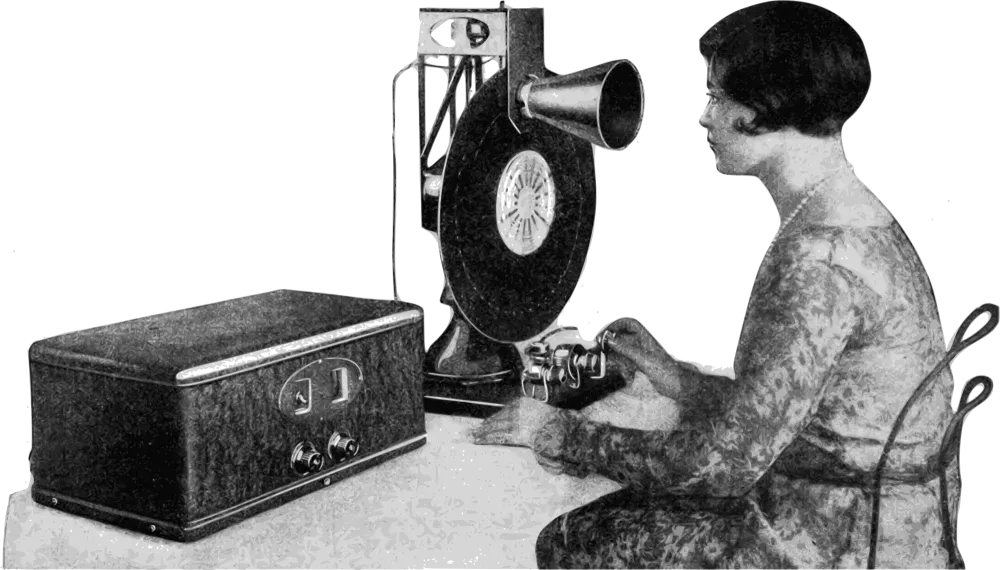
10. The Atmospheric Railway
- What it did: Used vacuum tubes to move trains without engines.
- Why it matters: Quiet, clean, and potentially safer than steam locomotives.
- What happened: Leaky valves and rats (!) led to its abandonment.
- Fun fact: The concept was later revisited in a more modern form—Elon Musk's Hyperloop.
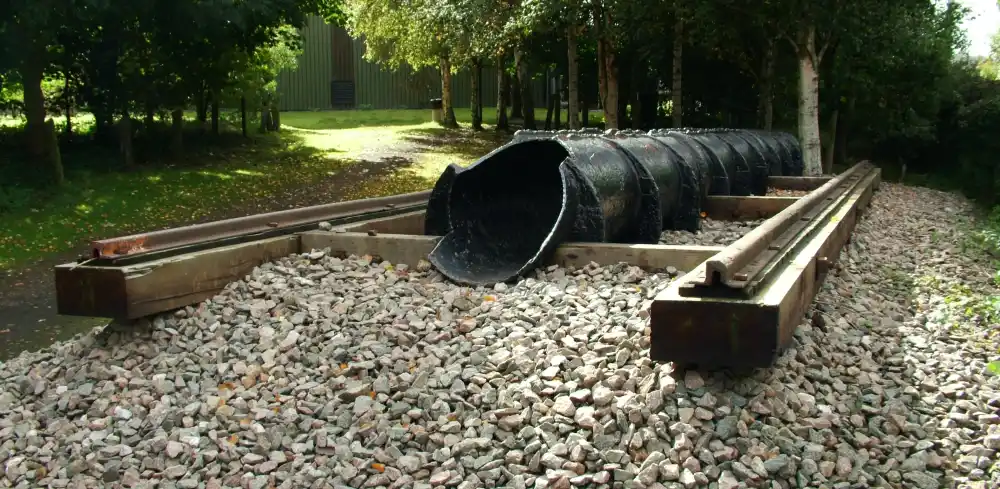
Final Thoughts
These inventions remind us that the road to innovation isn’t always smooth. Some ideas are too wild, too early, or simply too threatening to the status quo. But they continue to inspire, hinting at paths not taken—and maybe paths we could revisit.
📸 Image Credits
- No machine-readable author provided. Marsyas assumed (based on copyright claims)., CC BY-SA 3.0, via Wikimedia Commons
- Judson McCranie, CC BY-SA 3.0, via Wikimedia Commons
- Tesla Broadcast Tower, 1904. Courtesy of GetArchive.net / Public Domain.
- Pneumatic Transit System by Alfred Ely Beach, 1870. Courtesy of Picryl / Public Domain.
- Daderot, CC0, via Wikimedia Commons
- The Tucker 48 : User Seano1 on en.wikipedia, CC BY-SA 3.0, via Wikimedia Commons
- Mechanical Television - Image source: Openclipart (link) - Public Domain.
- Brunel's Atmospheric Railway remains at Didcot Railway Centre. No machine-readable author provided. Chowells~commonswiki assumed (based on copyright claims)., CC BY-SA 3.0, via Wikimedia Commons
